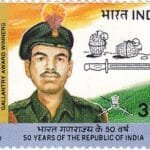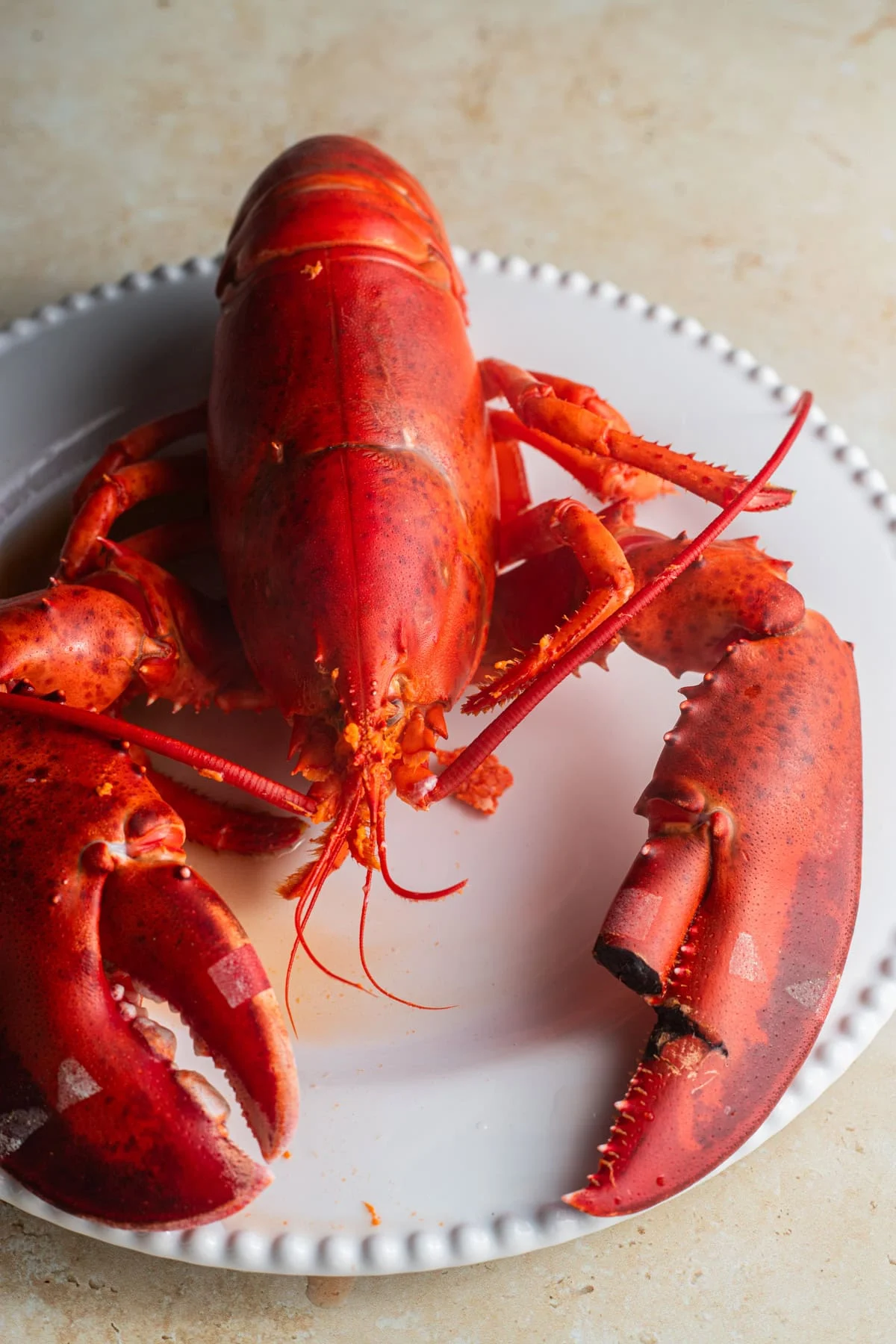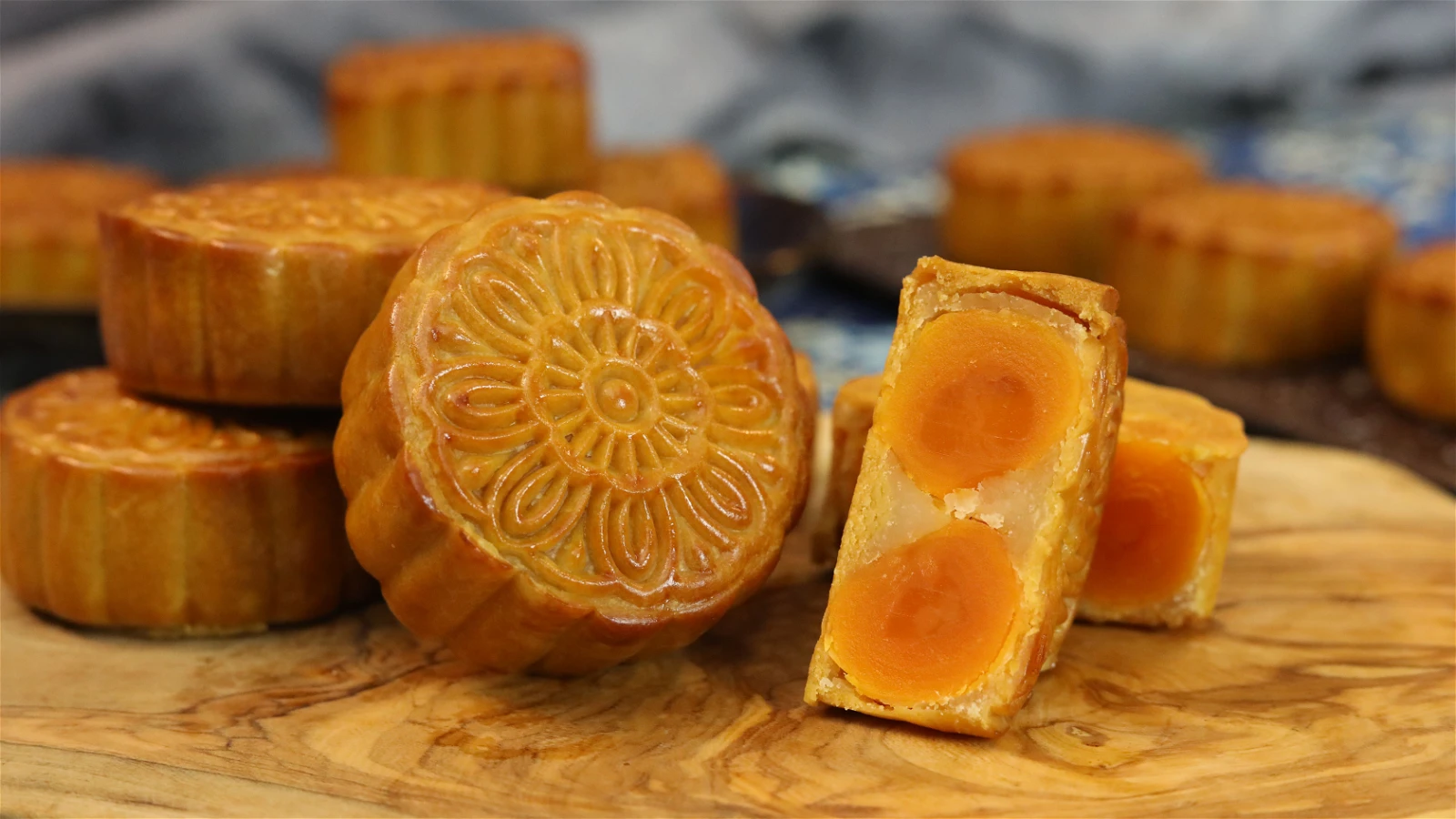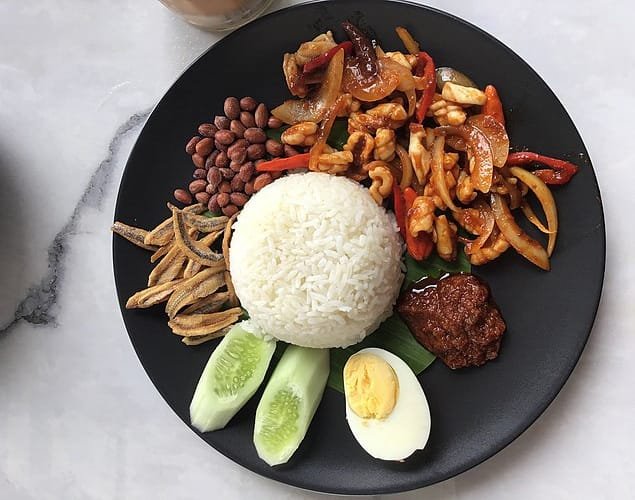Sri Lankan cuisine is a flavorful blend of diverse cultural influences, including South Indian, Malay, Dutch, and Portuguese traditions. Known for its vibrant spices, coconut-infused dishes, and tangy flavors, the cuisine reflects the island’s rich history and tropical bounty. Here’s an in-depth look at the top 10 foods from Sri Lanka, exploring their ingredients, preparation, and cultural significance.
- Rice and Curry
Rice and curry is the cornerstone of Sri Lankan cuisine, featuring steamed rice served with a variety of vegetable, fish, or meat curries. The accompaniments include sambols, pickles, and papadums.
Key ingredients: Coconut milk, curry leaves, turmeric, and chili powder.
Why it’s special: Each curry is distinct in flavor, ranging from mild to spicy.
Cultural significance: This dish is a staple in every household and is a symbol of the island’s culinary diversity.
- Hoppers (Appa)
Hoppers are bowl-shaped pancakes made from a fermented batter of rice flour and coconut milk. Variants include plain hoppers, egg hoppers, and sweet hoppers.
Why it’s special: The edges are crispy, while the center remains soft and spongy. Egg hoppers are especially popular for breakfast.
Cultural significance: Often enjoyed as a breakfast or dinner option, paired with sambols or curry.
- Kottu Roti
Kottu Roti is a stir-fry dish made from shredded godamba roti (flatbread), vegetables, eggs, and optional meat, seasoned with spices.
Why it’s special: The rhythmic chopping sound during its preparation at street food stalls is iconic.
Cultural significance: A popular street food enjoyed across all regions of Sri Lanka.
- Pol Sambol
Pol sambol is a fresh coconut relish made by mixing grated coconut with red chilies, onions, lime juice, and Maldive fish flakes.
Why it’s special: The tangy and spicy flavor complements almost every Sri Lankan dish.
Cultural significance: A quintessential side dish in Sri Lankan meals, reflecting the country’s love for coconut.
- Fish Ambul Thiyal (Sour Fish Curry)
Fish Ambul Thiyal is a dry fish curry, cooked with goraka (a sour fruit), black pepper, turmeric, and curry leaves.
Why it’s special: The tangy and spicy flavors make it a standout dish.
Cultural significance: Originally developed as a method to preserve fish, it is now a beloved dish served with rice.
- Lamprais
Lamprais is a Dutch-influenced dish consisting of rice cooked in stock, accompanied by a variety of sides like meat curry, brinjal moju (eggplant pickle), and cutlets, all wrapped in a banana leaf and baked.
Why it’s special: The banana leaf imparts a distinct aroma to the dish.
Cultural significance: Often reserved for special occasions or Sunday lunches.
- Kiribath (Milk Rice)
Kiribath is rice cooked in coconut milk, often cut into diamond-shaped pieces and served with lunu miris (a spicy onion relish).
Why it’s special: The creamy texture and subtle sweetness make it unique.
Cultural significance: Traditionally prepared during New Year celebrations, weddings, and other auspicious events.
- Gotu Kola Sambol (Pennywort Salad)
Gotu Kola Sambol is a healthy salad made with finely shredded pennywort leaves, onions, grated coconut, lime juice, and green chilies.
Why it’s special: It’s light, refreshing, and packed with nutrients.
Cultural significance: A common accompaniment in Sri Lankan meals, showcasing the island’s love for fresh produce.
- Watalappam
Watalappam is a coconut custard dessert made with coconut milk, jaggery, eggs, and a hint of cardamom and nutmeg.
Why it’s special: The rich, caramel-like flavor is irresistible.
Cultural significance: A must-have dessert during Muslim festivals like Eid.
- Pittu
Pittu is a cylindrical steamed dish made of rice flour and grated coconut, often served with coconut milk and curry.
Why it’s special: The combination of textures from the crumbly pittu and creamy curry is delightful.
Cultural significance: A traditional breakfast dish enjoyed across Sri Lanka.
Conclusion
Sri Lankan cuisine is a harmonious blend of bold spices, fresh ingredients, and time-honored cooking techniques. From the tangy Fish Ambul Thiyal to the comforting Kiribath, each dish is a testament to the island’s cultural diversity and love for flavorful food. Exploring these top 10 foods provides a glimpse into the rich culinary heritage of Sri Lanka.












